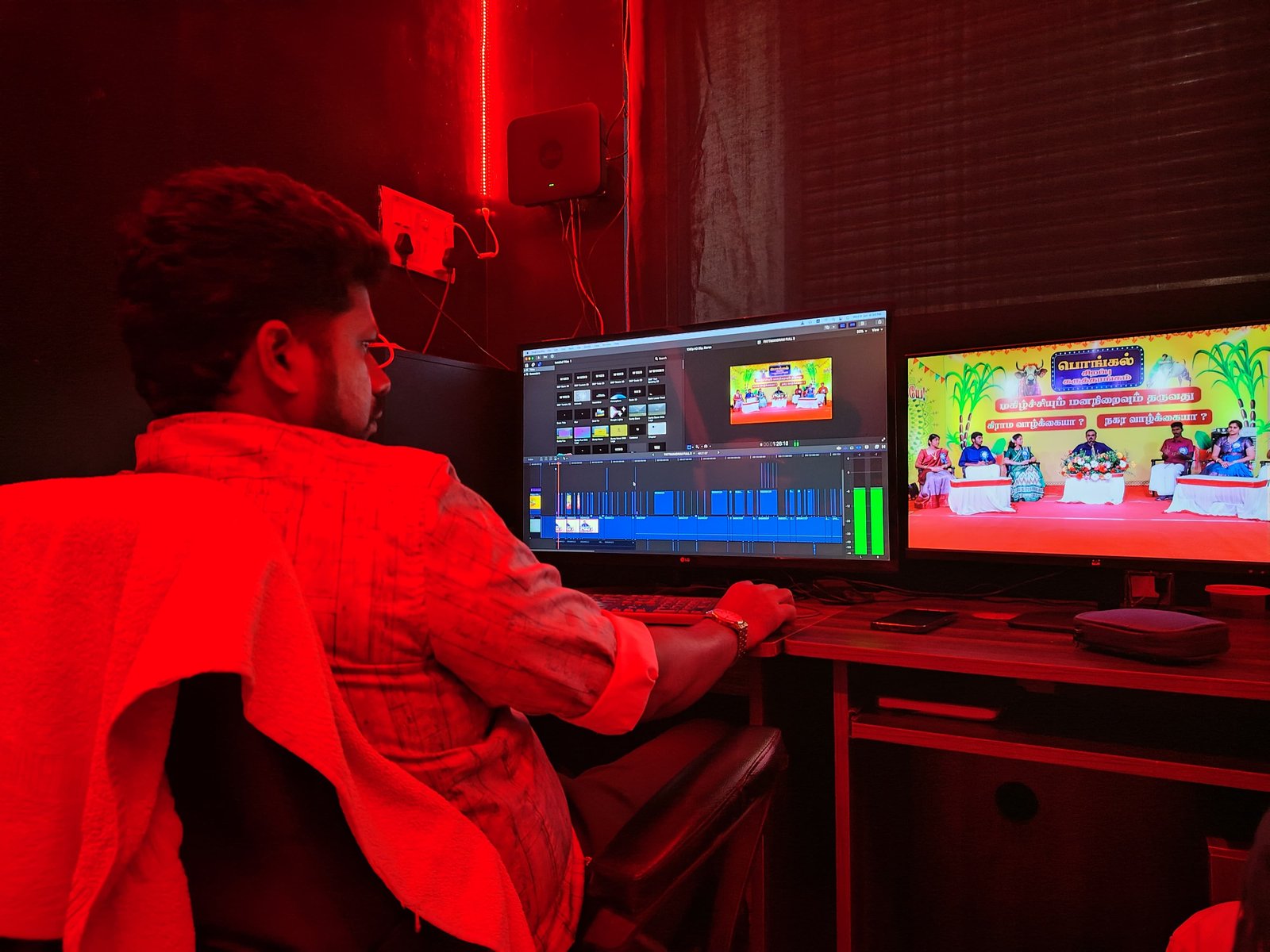


Video editing content involves the process of manipulating and rearranging video shots to create a final piece that is engaging, informative, or entertaining. It includes various techniques, tools, and elements to enhance the quality and storytelling of a video. Below is a structured overview of video editing content:
Video editing is a creative process that involves refining raw footage into a polished final product. It begins with trimming and cutting, where unnecessary parts are removed to maintain a smooth and engaging flow. Transitions play a crucial role in connecting scenes seamlessly, whether through simple cuts, fades, or dynamic effects like cross dissolves and wipes. Color correction and grading enhance the visual appeal by adjusting brightness, contrast, and saturation, ensuring consistency across different clips.
The video editing work process involves several key stages, from planning to final export, ensuring a smooth and professional outcome. It begins with pre-production, where the concept, script, and storyboard are developed. This stage helps define the structure and style of the video before editing starts. Once the raw footage is collected, the process moves into importing and organizing, where all video, audio, and graphical elements are sorted into folders or timelines for efficient editing.
The core of editing starts with rough cutting, where unnecessary clips are removed, and the essential footage is arranged in sequence. This is followed by fine-tuning, which involves refining transitions, adding effects, color correction, and syncing audio with video. Sound design is crucial at this stage, ensuring background music, voiceovers, and sound effects blend seamlessly. Additionally, text overlays, captions, and motion graphics are incorporated to enhance engagement and storytelling.